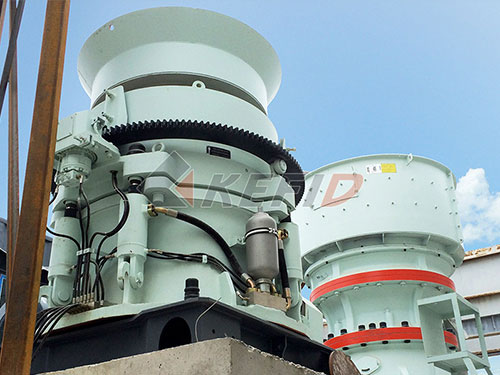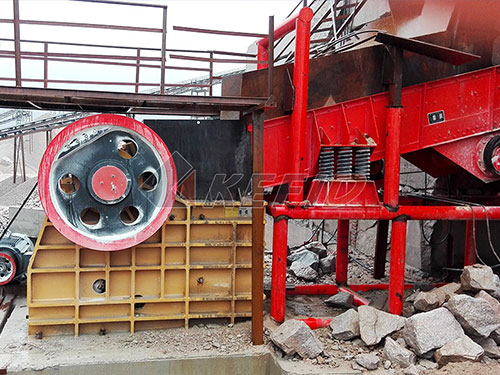Beyond the Price Tag: A Comprehensive Guide to Crushed Gravel Costs in the Philippines (2024)
Crushed gravel, often referred to as “chippings,” “base course,” or locally as “batong buhangin,” is the unsung hero of Philippine infrastructure and construction. It forms the literal bedrock of roads, provides stable foundations for buildings large and small, fills trenches, creates functional driveways, and even finds decorative uses in landscaping. For contractors, developers, engineers, and even homeowners embarking on significant projects, understanding the dynamics of crushed gravel pricing per ton is not merely an exercise in budgeting; it’s fundamental to project feasibility, cost control, and timely execution.

Unlike standardized retail goods, crushed gravel prices fluctuate significantly based on a complex interplay of factors. Simply asking “How much per ton?” rarely yields a straightforward answer applicable across the archipelago. This guide delves deep into the intricacies of crushed gravel pricing in the Philippines for 2024, moving beyond basic figures to provide actionable insights for informed procurement.
The Core Determinants of Crushed Gravel Pricing
1. Geographic Location & Source Quarry Proximity:
Transportation Dominance: This is arguably the most significant cost driver. Hauling heavy aggregates over long distances consumes substantial fuel and incurs high trucking fees. Gravel sourced near a project site will always be significantly cheaper than identical material trucked from hundreds of kilometers away.
Regional Variations: Islands like Palawan or remote areas in Mindanao often face higher prices due to limited local quarrying operations and complex logistics involving barges or longer land routes. Conversely, regions with abundant quarries near major urban centers (e.g., Bulacan near Metro Manila, parts of Cebu near development zones) generally enjoy lower base prices.
Accessibility: Quarries located off-main roads or requiring difficult access may charge slightly more to cover their own logistical challenges.
2. Material Quality & Specifications:

Size & Gradation: Prices vary based on the specific size fraction required (e.g., G1 – 3/4″, G3/8″, S1 – Sand). Finer materials like sand (S1) might sometimes command different rates than coarse aggregates (G1). Meeting specific engineering gradations (e.g., DPWH standards for road base) often involves more precise crushing and screening processes.
Rock Type & Hardness: While most common crushed gravel comes from durable rock

Leave a Reply